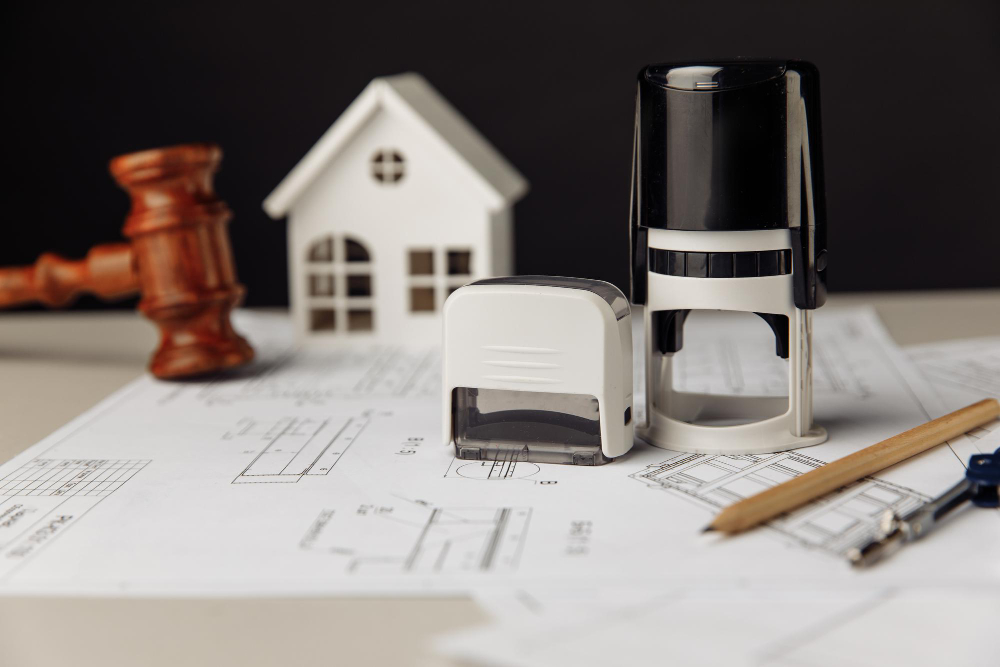Mobility Is No Longer a Perk—It’s a Requirement
For superintendents managing concrete pours at 6 AM, foremen coordinating subcontractors across multiple floors, and project managers walking punch lists before closeout, mobile access is no longer optional. Real-time data from the field, synced across teams and devices, is what keeps timelines intact and costs controlled. As construction continues to adopt digital tools, mobile-first platforms are gaining ground over desktop-bound systems.

The question for 2025 isn’t whether to use a mobile app—it’s which one delivers actionable tools without adding administrative overhead or chewing up device storage.
What the Field Actually Needs from a Mobile App
Construction professionals aren’t looking for bloated apps with 50 tabs buried under menus. The best mobile construction apps deliver specific functionality without requiring a Wi-Fi connection or constant toggling between tools.
Essential mobile features include:
- Daily reports with photo and voice-to-text
- RFI creation and submission from the field
- Drawing and spec access without file corruption
- Offline sync for remote job sites
- Submittal and inspection workflows on handheld devices
- GPS tagging and issue location tracking
- Push notifications for critical schedule updates
The key is minimizing lag time between issue identification and documentation. Apps that require a return trip to the trailer or a separate desktop login add friction that mobile tools are supposed to eliminate.
Procore Mobile: Industry Standard for Large Teams
Procore has remained the dominant construction software for enterprise contractors, and its mobile app reflects that maturity. Field teams can log dailies, upload site photos, and respond to RFIs in real-time—even offline.
Key features:
- Mark up PDFs and drawing sets directly from iPads
- Offline mode with automatic sync
- Task management tied to cost codes and schedule
- Integrated submittals, punch lists, RFIs, and observations
For large firms handling $50M+ projects with multiple trades and consultants, Procore’s unified system means fewer information silos. However, the app can be heavy on older phones, and the full functionality often requires training.
eZeLogs Mobile: Leaner Workflows for Government-Funded Projects
Originally built with transit agencies and government contractors in mind, eZeLogs stands out for its lightweight field reporting tools and AI-assisted compliance tracking. The mobile experience is built around simplicity, particularly for superintendents, inspectors, and QA/QC teams.
Key features:
- Auto-generated daily logs with weather, crew hours, and site photos
- Speech-to-text notes for field supervisors
- Subcontractor reporting with predefined categories
- Real-time insights for project managers overseeing capital programs
eZeLogs is particularly useful on MTA, DOT, and federally funded jobs where compliance and documentation discipline are non-negotiable. Its mobile UX is intentionally less cluttered than tools like Procore or PlanGrid, which makes it easier to onboard field personnel who don’t want to learn another desktop-style platform.
Autodesk Build App: Integration with Design Workflows
Autodesk Build, part of the Autodesk Construction Cloud, offers robust mobile functionality tied into BIM and design management tools. What sets this apart is its seamless bridge between design intent and field execution.
Key features:
- 2D and 3D drawing access on mobile devices
- Issue creation tied to models and plans
- RFI and submittal management with tracking
- Connection to design files from Revit and AutoCAD
For contractors that rely heavily on model-based coordination, especially on complex vertical construction projects, Autodesk Build allows field teams to reference designs without needing a laptop. However, the app assumes familiarity with Autodesk workflows, which can limit adoption among smaller firms.
Fieldwire: Built for Field Crews, Not Just PMs
Fieldwire takes a field-first approach. Rather than layering on features for project accountants or BIM managers, its core value lies in task tracking, site communication, and real-time field updates.
Key features:
- Punch list creation from mobile photos
- GPS-tagged issue tracking
- Real-time chat for on-site coordination
- Plan markup tools built for iPads
For mid-sized contractors that want an easy way to delegate work, track progress, and reduce email chains, Fieldwire fits into daily operations without much of a learning curve. Its offline capabilities also stand out—crews can keep working even when job sites are far from the nearest cell tower.
Raken: Focused on Daily Reports and Workforce Visibility
Raken has found its niche by perfecting one thing: daily reports. While other platforms include dailies as part of a larger suite, Raken’s mobile app makes it simple for field supervisors to log crew activities, equipment use, delays, and safety notes on the fly.
Key features:
- Automatically compiles daily logs with minimal input
- Voice-to-text for narrative sections
- Time card integration by crew
- Safety checklist templates
It doesn’t try to be everything. But for general contractors that struggle to get consistent, timely dailies from subs and foremen, Raken is a solid option that runs well even on older devices.
Touchplan: Mobile Scheduling Meets Lean Execution
While many construction mobile apps focus on documents and forms, Touchplan is tailored for production planning. It’s built around Lean construction principles and short-interval planning (SIPs), allowing field teams to manage pull plans and coordinate constraints.
Key features:
- Mobile-friendly pull planning boards
- Task checklists tied to lookahead schedules
- Real-time updates for team-wide coordination
- Visual tracking of commitments and constraints
Ideal for contractors practicing Last Planner System®, Touchplan provides a mobile-ready format for daily huddles, constraint tracking, and reliable promise completion. It’s less about forms and more about getting crews aligned.
App Selection Should Match Site Conditions, Not Just Features
Selecting the right mobile construction app isn’t just about which has the most features—it’s about which app fits the actual rhythm of your jobsites. Remote projects need strong offline sync. Public works contractors need audit trails and compliant submittal logs. Fast-paced interiors projects need fast tasking tools and mobile punch list tracking.
When testing mobile apps in 2025, firms should focus less on sales demos and more on how quickly their own crews can:
- Access today’s drawings without a laptop
- Submit an RFI while standing next to a field issue
- Complete a daily log without toggling across apps
- Capture punch items with photos and assign them without delay
The mobile app that gets used is the one that works in real-world conditions, not the one with the longest feature list.
Also Read:
Safety First: Enhancing Toolbox Talks with AI-Powered Safety Management in Ezelogs
Smart HR for Construction: Boosting Payroll Efficiency with Ezelogs’ AI-Enabled HRM Tools
Compliance Made Easy: How AI-Enabled Certified Payroll in Ezelogs Simplifies Regulatory Reporting
Centralizing Your Data: The Power of Ezelogs’ Product Data Sheet Library for Faster Submittals
Voice-Activated Efficiency: Transforming Construction Management with Ezelogs’


